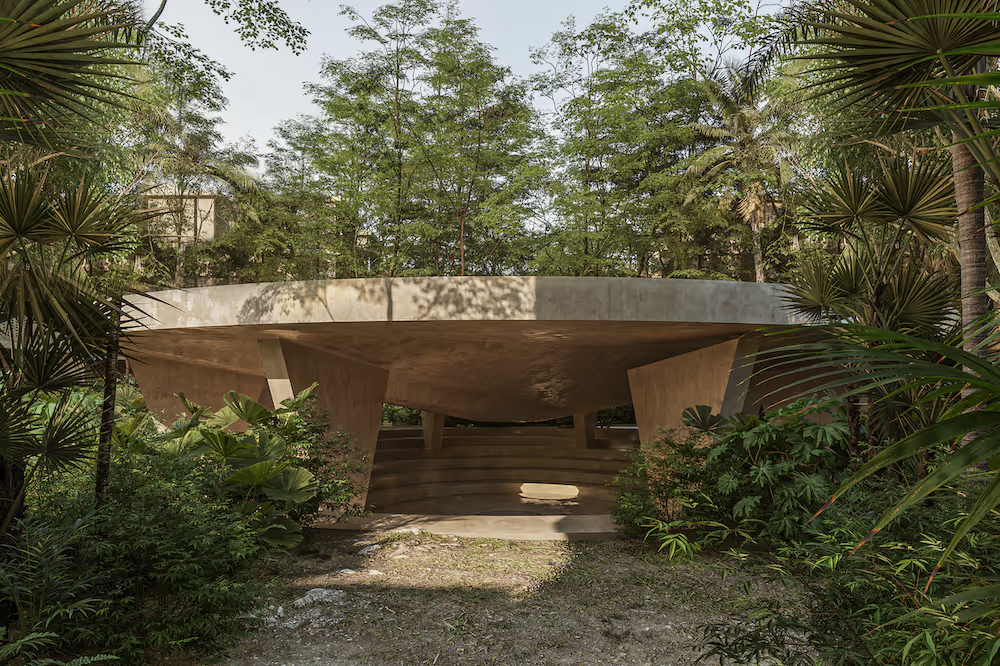Tulum, a lively beach town on Mexico’s Riviera Maya, has become one of the most talked-about places to buy real estate. Its white-sand beaches, turquoise sea, and growing tourism scene make it an attractive spot for investors. But once you purchase a rental property in Tulum, Mexico, the big question is: how do you maximize returns?
Do you focus on short term rentals in Tulum for vacationers, or do you aim for longer stays that attract digital nomads and expats? Let’s break down the pros and cons of each strategy so you can decide which works best for your investment.
Short-Term Rentals in Tulum
Short-term rentals, usually listed on Airbnb or Booking.com, are properties rented for days or weeks. In Tulum, these rentals thrive thanks to the steady flow of international tourists.
Benefits of Short-Term Rentals
- Higher nightly rates: Well-located properties can generate strong income, especially in peak season (December - March).
- Flexibility for personal use: Owners can block off dates for personal use and rent the property the rest of the time.
- Tourist demand: Tulum is known as a bohemian paradise, and visitors actively seek unique places to stay that feel more personal than hotels.

Challenges of Short-Term Rentals
- High management effort: Frequent guest turnover, cleaning, and communication can be demanding. Many owners hire a property manager (20–30% of rental income).
- Seasonal occupancy: Tourism dips in the summer and fall, which means lower occupancy and income.
Long-Term Rentals in Tulum
Long-term rentals, usually month-to-month or annual contracts, are becoming increasingly popular. Tulum has a strong community of digital nomads, retirees, and professionals who prefer stable housing.
Benefits of Long-Term Rentals
- Stable cash flow: Long-term tenants provide consistent income without seasonal dips.
- Lower costs: Fewer cleanings, less wear-and-tear, and lower property management fees (around 10%).
- Growing demand: Remote workers and expats are settling in Tulum for months at a time, seeking reliable internet, comfort, and access to local amenities.
Challenges of Long-Term Rentals
- Lower income potential: Monthly rent is typically less than peak nightly rates for vacation rentals.
- Vacancy risk: Finding the right tenant may take longer, especially if your unit is highly specialized or priced above the market average.

Market Trends in Tulum
Both strategies are viable, but they serve different audiences:
- Short-Term Rentals: Tourists, couples on vacation, and groups attending events.
- Long-Term Rentals: Digital nomads, expats, and retirees looking for comfort and stability.
Rental demand for investment property in Tulum has shown strong growth, with both short-term and long-term rental markets thriving. Tourism fuels high demand for short stays, while an increasing number of remote workers ensure a steady need for longer leases.
Comparing Revenue: Example of a 50 m² Studio
Let’s use a realistic example of a fully furnished studio at real estate development 525 Tulum, acquired as a pre-construction in Tulum:
Short-Term Rental Potential
- Peak Season: $100–$120/night, ~80% occupancy
- Off-Season: $60–$80/night, ~60% occupancy
- Estimated Annual Gross: ~$16,560
- Net Income (after 25% management fees): ~$12,420
Long-Term Rental Potential
- ~$800-$900/month
- Estimated Annual Gross: ~$10,000
- Net Income (after 10% management fees): ~$9,000
The numbers show that short-term rentals can generate higher gross income, but long-term rentals deliver stable and less management-intensive returns.

Hybrid Strategy: The Best of Both Worlds?
A hybrid strategy involves using both short-term and long-term rentals to maximize income. For example, you could rent your property short-term during the high season and switch to a long-term rental during the off-season. This approach can balance income while reducing vacancies. However, it requires careful planning and management.
Choosing Your Strategy
The “best” strategy depends on your goals:
- Want higher income and don’t mind higher management costs? Go short-term.
- Prefer stability with less effort? Long-term might suit you better.
- Looking for flexibility? Combine both with a hybrid plan.
Before deciding, analyze your property’s location, amenities, and the type of tenants you want to attract. For deeper insights, check out our guide on ways to achieve a high return on Tulum real estate investment.
Final Thoughts
Owning a rental property in Tulum, Mexico is more than just buying in a trendy destination - it’s about choosing the right rental strategy for your lifestyle and financial goals. Whether you go with short term rentals style, long-term leases, or a hybrid model, aligning your approach with market realities will help you unlock the full potential of your investment.
Ready to explore investment opportunities in Tulum? We invite you to discover our real estate and different types of condos for sale in Tulum we can offer.








